10 Essential Museums To Visit In Tokyo
Explore the city's best locations for art, science and history
Whether a resident or a tourist, don't leave Tokyo without visiting these truly essential museums.
Tokyo is home to some of the most remarkable art, film, science, history and culture spots in the world, which often means that you can find local and national museums spread out across every area of the city — so choosing where to go may be a challenge. To help you narrow down your must-see, must-go spots, we’ve narrowed down Tokyo’s long roster of museums to the following 10 essentials. Locals, you have no excuse for not having visited those. Visitors, whether you’ll be in Tokyo for just a few days or longer, make sure you stop by at least half of these. Now let’s get started!
1. National Museum of Nature and Science
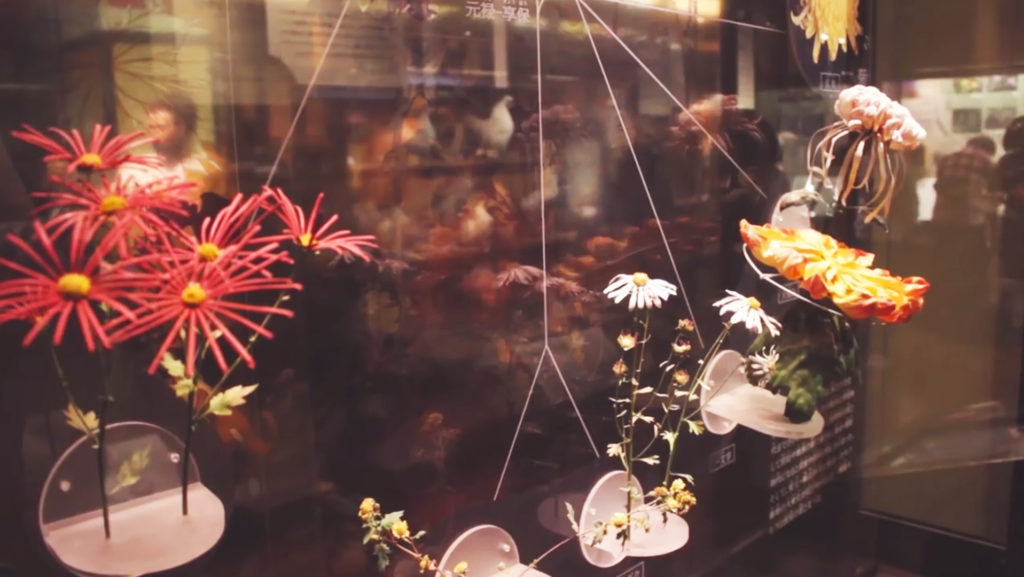
Nestled in the eastern corner of Ueno Park, the National Museum of Nature and Science is a must-see for anyone interested in natural and technological history. The facility is huge, and has an impressive collection of flora and fossils, which are beautifully displayed throughout the entire building. The museum also celebrates technological advancement, and displays a range of tools, instruments, literature and objects that have been used to preserve and study the world around us. Why not take a nice stroll through Ueno Park and pop in for an afternoon of wonderment? Look for the enormous (and adorable) blue whale statue next to the entrance.
Hours: 9 a.m.-5 p.m. Sunday to Monday; 9 a.m.-8 p.m. Saturday to Friday
Address: 7-20 Ueno Park, Taito-ku
Admission: ¥620 (Adults), Free for high-school students and younger
2. Tokyo National Museum
Also located in Ueno Park, Tokyo National Museum is one of Japan’s oldest and most celebrated museums in Japan. Opened in 1872, the museum displays a wide range of artworks, antiquities and artefacts from both Japan and other countries in East-Asia. It particularly specializes in art, archeological objects and historical documents, and holds around 110,000 items (89 of which are national treasures). Tokyo National Museum is recommended for anyone with a particular love for Japanese and East-Asian culture and history.
Hours: 9:30 a.m-5 p.m. Tuesday to Sunday (closed Mondays)
Address: 13-9 Ueno Park, Taito-ku
Admission: ¥620 (Adults), ¥410 (University Students), Free for High/Junior High/Elementary School Students, people under 18 and over 70
3. Suntory Museum of Art
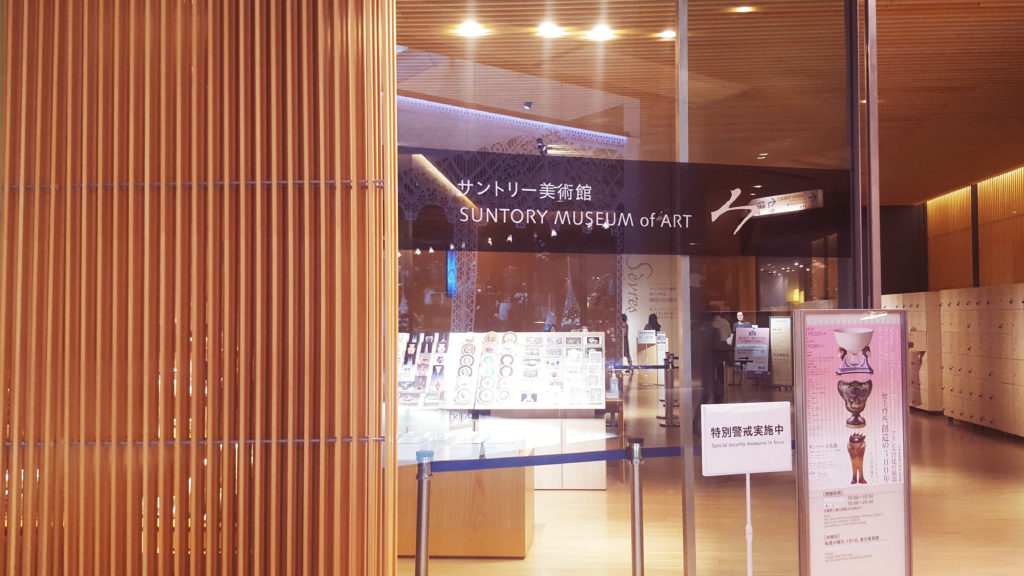
Located on the third floor of Tokyo Midtown, Suntory Museum of Art has been around since 1961 and proudly maintains a theme of celebrating “Art in Life.” The current collection consists of over 3000 articles, with each piece themed to have a close connection with Japanese life. Though the museum has no permanent exhibitions, it houses a range of paintings, lacquerware, ceramics, glass and other items — and of course special exhibitions throughout the year. Uniquely, the museum also offers traditional tea ceremonies every other Thursday in its Genchoan Tea Ceremony Room.
Hours: 10 a.m.-6 p.m. Sunday to Thursday; 10 a.m.-8 p.m. Friday-Saturday.
Address: 9-7-4, Akasaka, Minato-ku
Admission: Varies by exhibition. Free admission for junior high students and under.
4. The Japan Folk Crafts Museum
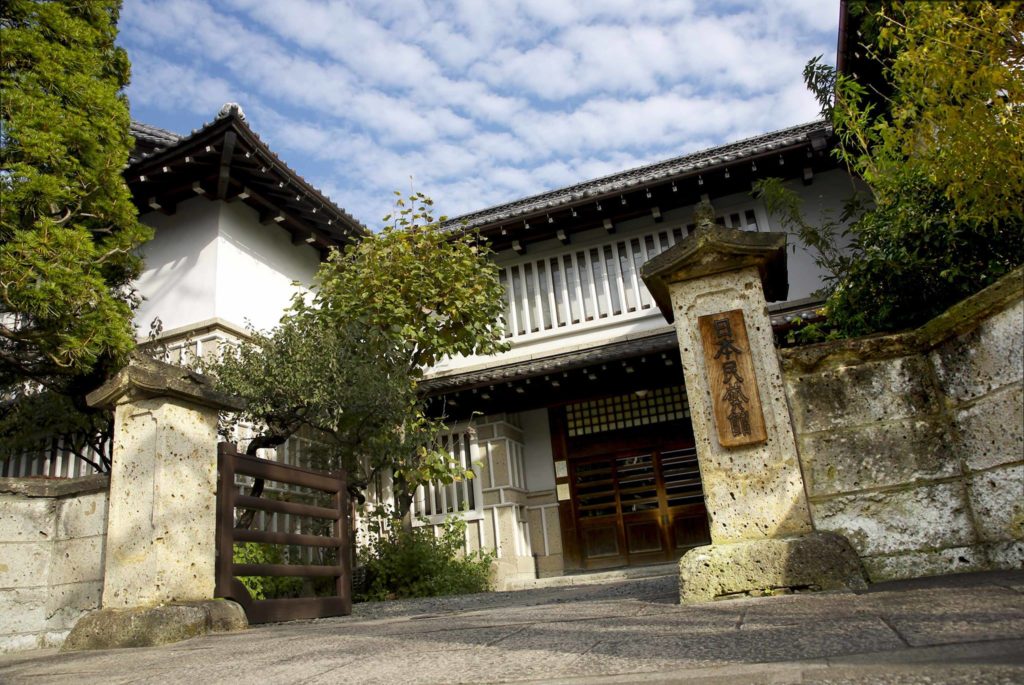
Opened by Soetsu Yanagi in 1936, the Japan Folk Crafts Museum is the ultimate location to celebrate mingei (folk crafts). The museum’s collection is made up of around 17,000 craft works, including textiles, woodwork, paintings and other crafts. It also houses a range of works from Okinawa, the Korean Peninsula, China and Taiwan.
Hours: 10 a.m.-5 p.m.
Address: 4-3-33, Komaba, Meguro-ku
Admission: ¥1,100 (Adults), ¥600 (Universities & high school students), ¥200 (Junior high & elementary school students)
5. Taro Okamoto Memorial Museum
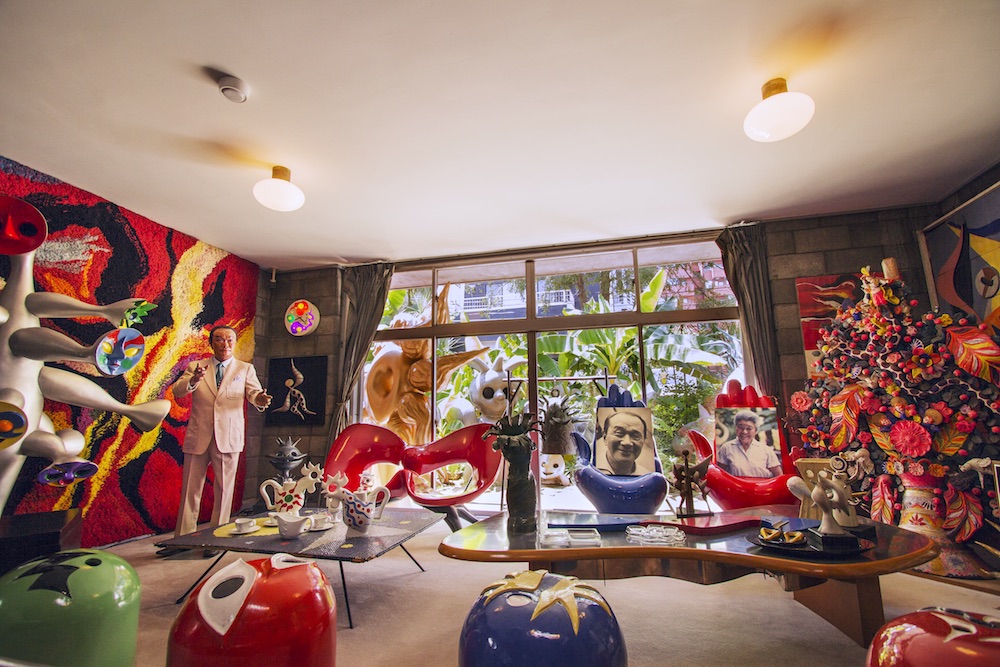
The Taro Okamoto Memorial Museum celebrates the work of avant-garde painter and sculptor Taro Okamoto. After Okamoto’s death in 1996, his home and studio were turned into the museum in order to display his art and share his creations with the public. Visitors can see exactly where Taro Okamoto lived and worked. The museum houses a wide range of Okamoto’s work, including sculptures and paintings, as well as a shop on the first floor where visitors can purchase various books and goods inspired by Okamoto’s works.
Hours: 10 a.m.-6 p.m.
Address: 6-1-19, Minami-Aoyama, Minato-ku
Admission: ¥620 (General), ¥310 (Elementary School Children)
6. Bunkamura Museum of Art
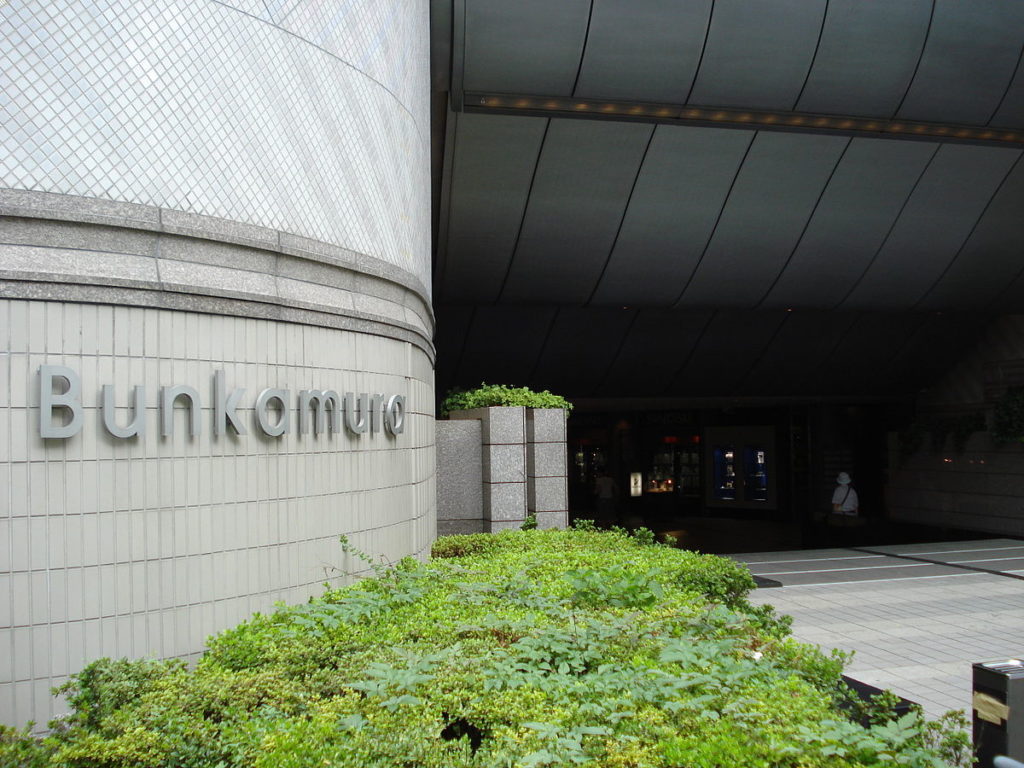
Located a 12-minute walk from Shibuya station, Bunkamura is a museum, theatre, concert hall and cinema all rolled into one. The museum gives its visitors the ability to indulge in a wide range of artistic and cultural experiences all within the same location. Opened in 1989, Bunkamura exists as a ‘cultural complex’ celebrating art, performance, music and film. The museum receives around 2.8 million visitors per year and is an excellent destination for art and film lovers.
Hours: from 10 a.m. (closing times vary between the museum’s facilities)
Address: 2-24-1 Dogenzaka, Shibuya-ku
Admission: Varies per exhibition
7. National Museum of Emerging Science and Innovation (Miraikan)
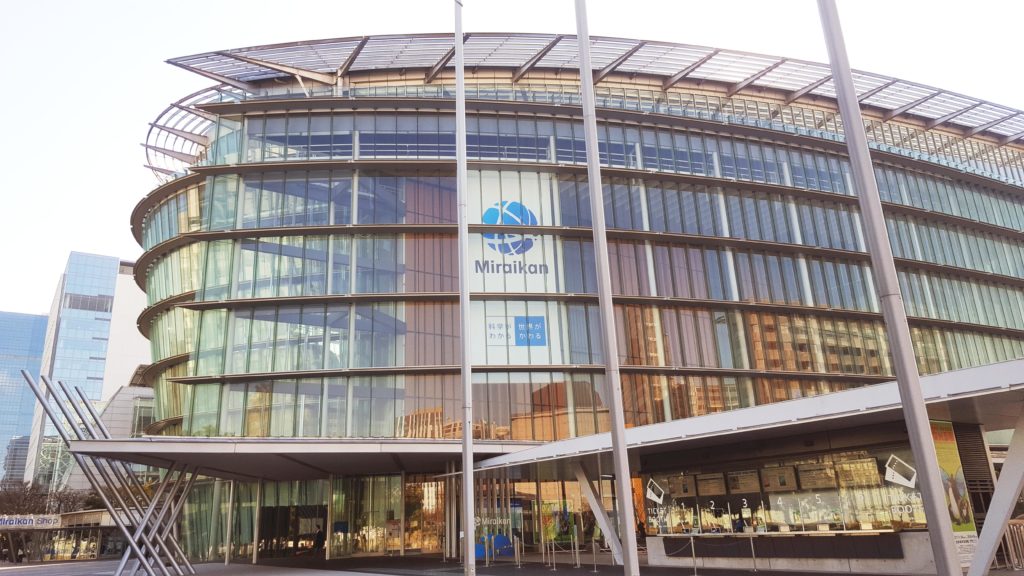
The National Museum of Emerging Science and Innovation — otherwise known as Miraikan — can be found in Odaiba, just a 15-minute walk from Daiba and Tokyo Teleport stations. This museum celebrates new technology and cutting-edge innovation and science. Opened in 2001, Miraikan was created to develop a greater understanding of science and technology, and to aid in Japan’s goal of becoming an increasingly scientifically and technologically creative nation. This museum is a must-see for anyone interested in emerging science and technological advancement.
Hours: 10 a.m.-5 p.m.
Address: 2-3-6 Aomi, Koto-ku
Admission: ¥620 (Adults), ¥210 (18 years old and under)
8. Amuse Museum
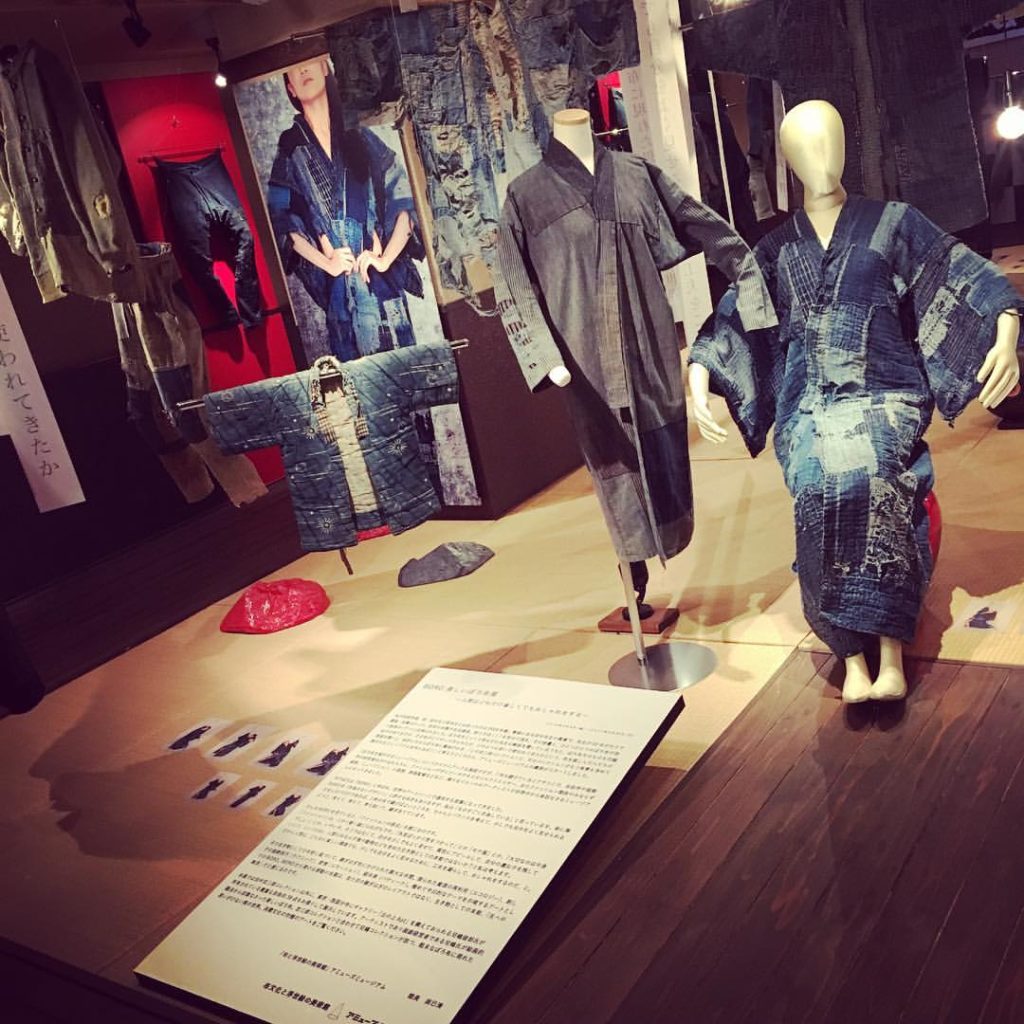
Only five-hundred meters from Asakusa Station, Amuse Museum is an art and cultural facility dedicated to celebrating an ethos of “harmony, beauty and technology.” Amuse describes itself as a ‘live’ museum, specializing in textiles, graphics and designs influenced by Japanese traditional culture. The museum’s permanent exhibition, ‘BORO’, is a collection of textiles and patched clothing, some of which date back to the Edo period. These pieces are simple, and have been passed down through generations, each piece being mended through the application of patches of cloth, thus celebrating Yuyo no bi (beauty of practicality).
Hours: 10 a.m.-6 p.m. (closed Mondays)
Address: 2-34-3, Asakusa, Taito-ku
Admission: ¥1,080 (Adults), ¥864 (University & High school students), ¥540 (Junior high and elementary school students)
9. Ghibli Museum
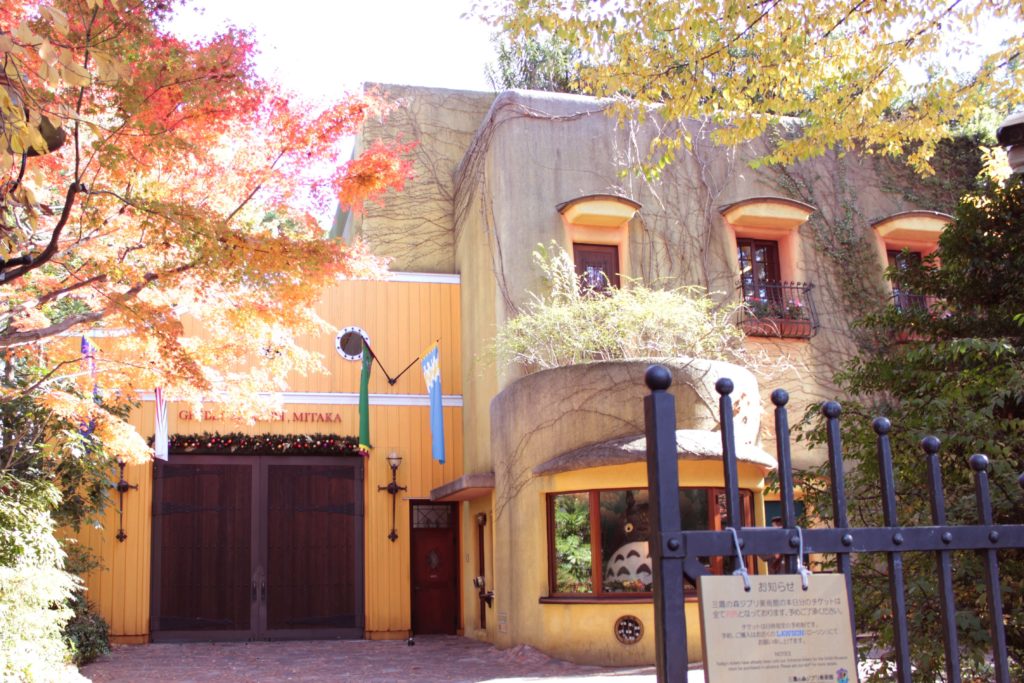
Regardless of whether you’re a fan of anime, art, and film or not, the Ghibli Museum is a must-see! Just over a 15-minute walk from Mitaka Station, the museum is an enchanting facility celebrating the history and works of Studio Ghibli, the company behind some of the world’s most renowned anime works (Totoro, Spirited Away, Princess Mononoke — to name just the very basic). Expect to spend a few hours perusing the beautiful collection of original drawings and concepts, watching the exclusive animated short in the museum’s adorable cinema, and exploring the rooftop garden where you’ll find the five-meter-tall Robot Solider from Laputa Castle in the Sky. Keep in mind, however, this museum is immensely popular and you can buy tickets only in advance. See more about that here.
Hours: 10 a.m.-6 p.m. (closed most Tuesdays)
Address: 1-1-83 Simorenjaku, Mitaka-shi
Admission: ¥1,000 (Adults), ¥700 (Age 13-18), ¥400 (Age 7-12), ¥100 (Age 4-6). Tickets sold in advance only.
10. Edo-Tokyo Tatemono En
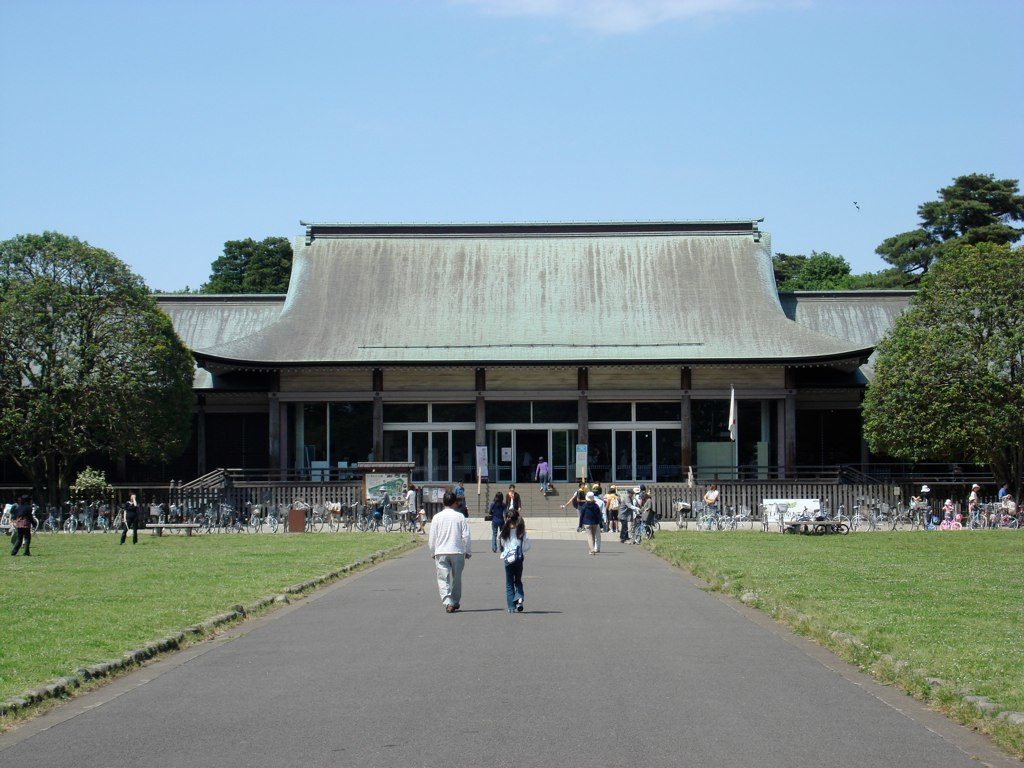
This open-air museum was established in 1993 to reconstruct, preserve and exhibit historical buildings so that they may be enjoyed for generations to come. These buildings range in age from early Edo period to post-World War II and you can feel the then-vibes by entering each house and building and exploring the indoors. From a Meiji-style police box to a photo studio from the Showa era, this open-air museum makes you feel almost as if you were on a time travel exploration. The facility also hosts various cultural events throughout the year, including its annual summer festival in August and New Year’s event in January.
Hours: April-September: 9:30 a.m.-5:30 p.m., October-March: 9:30 a.m.-4:30 p.m. Closed Mondays and New Year holidays.
Address: 3-7-1 Sakuracho, Koganei-shi, Tokyo (inside Koganei Park)
Admission: ¥400 (Adults), ¥320 (College students), Free from elementary school children and younger












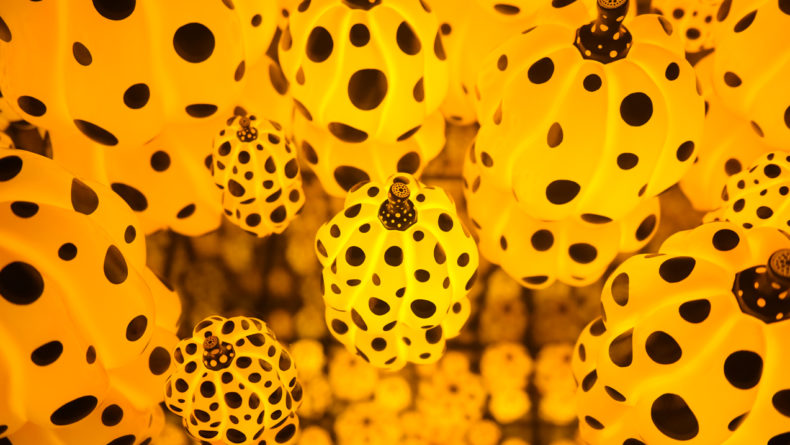
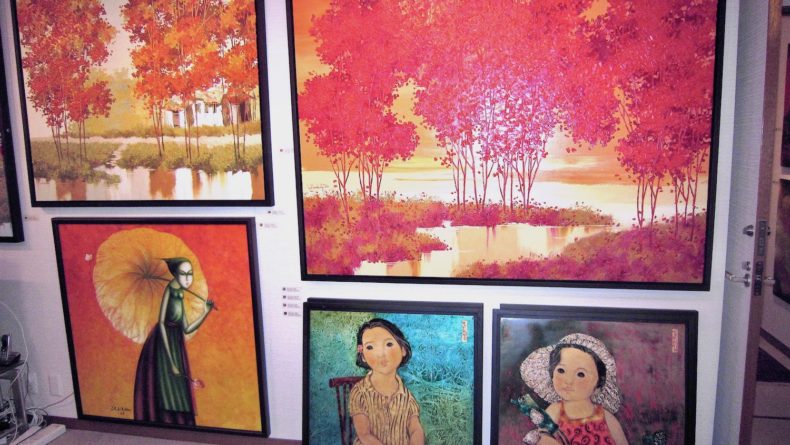
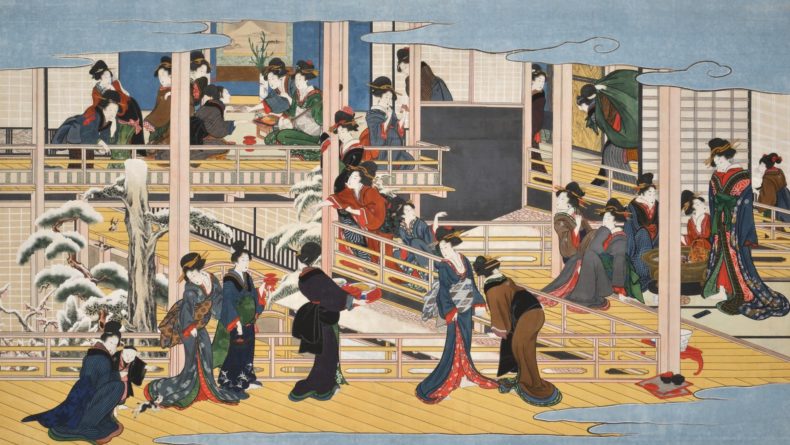
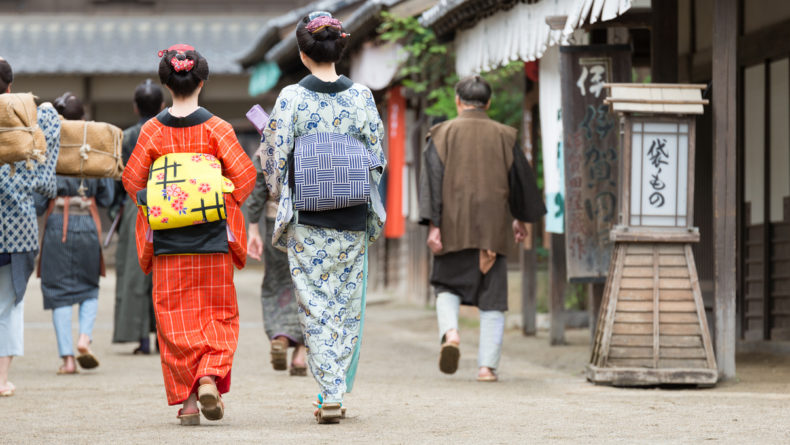
Leave a Reply